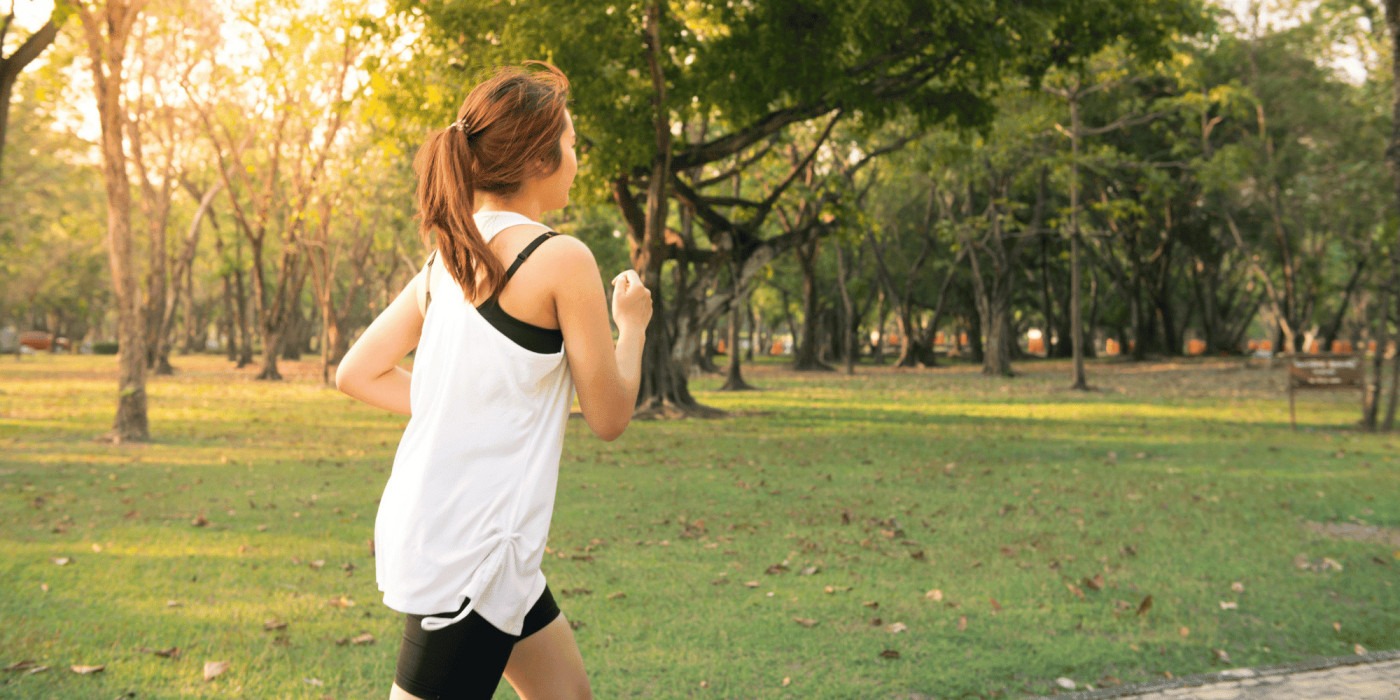The Wellness Edit: running – back to the basics
Running has taken the world by storm after the London Marathon in April broke records, with over 53,700 finishers and more than £67 million raised for charity according to figures released by TCS London Marathon. Social media brought us the behind the scenes of runners’ journeys from 1k to the full marathon, creating a wave of inspiration across platforms like TikTok. Seeing everyday people document their progress has sparked a trend of people sharing their running journeys, making the sport feel more accessible and relatable. With everybody seemingly signing up for marathons or purchasing the top trainers, it may feel intimidating as a beginner runner. Sometimes, we need to strip running back to the basics and I’m here to tell you how we can do this in the easiest, most cost-effective way possible, so you don’t give up before you get to feel the benefits.
If you’re starting from scratch, your body is just getting used to the movements so be kind to yourself
It is obvious that running can have great benefits in terms of mental and physical health. As a cardiovascular activity, running is great for burning energy and building muscle, particularly in the legs, but also in our cores and upper bodies. These are all important health benefits which will carry on into later life and support us as we get older, preventing health issues. Along with other physical activity, running can also be a good way to take a break from work or personal stresses, offering us mental relief that can be beneficial in resetting our minds to carry on.
The only requirement is to begin. At first, it might mean running in short bursts and walking when you need a break, as for many people, especially if you aren’t a natural runner like me, you won’t be able to run a 5k straight away. It will take a few runs to find your pace. It’s important to remember that if you’re starting from scratch, your body is just getting used to the movements, so be kind to yourself. If you have got up, put your trainers on, and run even the slightest bit, that’s more than you would have done before.
If you’re looking for a bit of extra support or motivation, try free apps such as the NHS Couch to 5k – a great start for guided runs as you find your feet. Or check out Strava so you can track your runs and see how you’re improving. These are also great if you want to track distances or times but don’t want to spend money on trackers before you commit to the sport. And of course, having music that is going to encourage you will always make the experience more enjoyable, whether it’s 2000s club music, heartbreak songs to overthink to, or Gracie Abrams on repeat.
Not sure what to wear? Concerned you need the top trainers and running vest that everyone else online seems to have? If you have some trainers that support your feet, then you’re good to go. My top tips are to wear ankle socks to prevent blisters if you haven’t run much before, and wear layers – maybe a T-shirt and sweatshirt so you’re ready for all temperature eventualities. For short runs, all you’ll need are your keys, phone, and AirPods to keep you motivated.
Remember to listen to your body and prioritise rest and recovery
Once you start building a routine, consistency will become your best friend. Try to stick to a manageable schedule – even if I complete one run each week, I know this will help me to improve. Set small, achievable goals, whether that’s running for an extra minute, reaching a certain distance, or running a route a bit faster than before. Celebrate these milestones, as they’re key indicators of progress and will keep you motivated to carry on.
Finally, remember to listen to your body and prioritise rest and recovery. Running is a high-impact activity, and while it can be incredibly rewarding, it can also lead to strain if overdone. If you haven’t done much activity before then make sure to pay attention to any aches or pains, especially in your ankles and knees where you might notice the impact most. If you need to take time off to rest, this is only going to help you – nobody enjoys running on a sprained ankle that isn’t fixed. Be patient with yourself, as progress might feel slow at first, and even at intervals whilst your body adjusts to new distances and speeds. But with time, you’ll begin to see the mental and physical benefits of running. You might not enjoy running to start with, you might love it, but whether you’re running for your mental health, to improve your fitness, or simply to boost your ego through achieving goals, hopefully, these tips will support you in your journey.

Comments